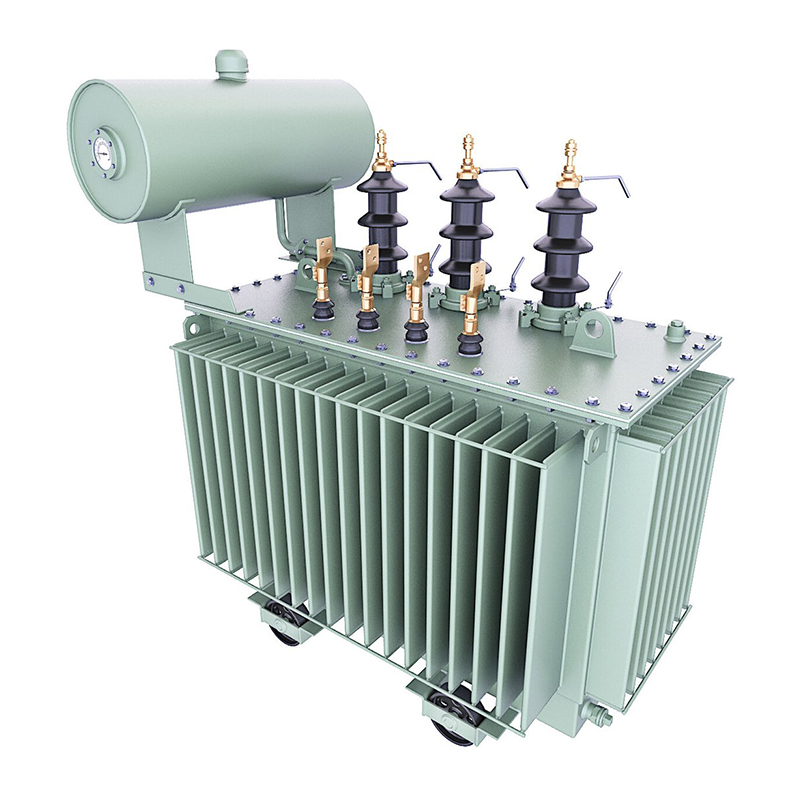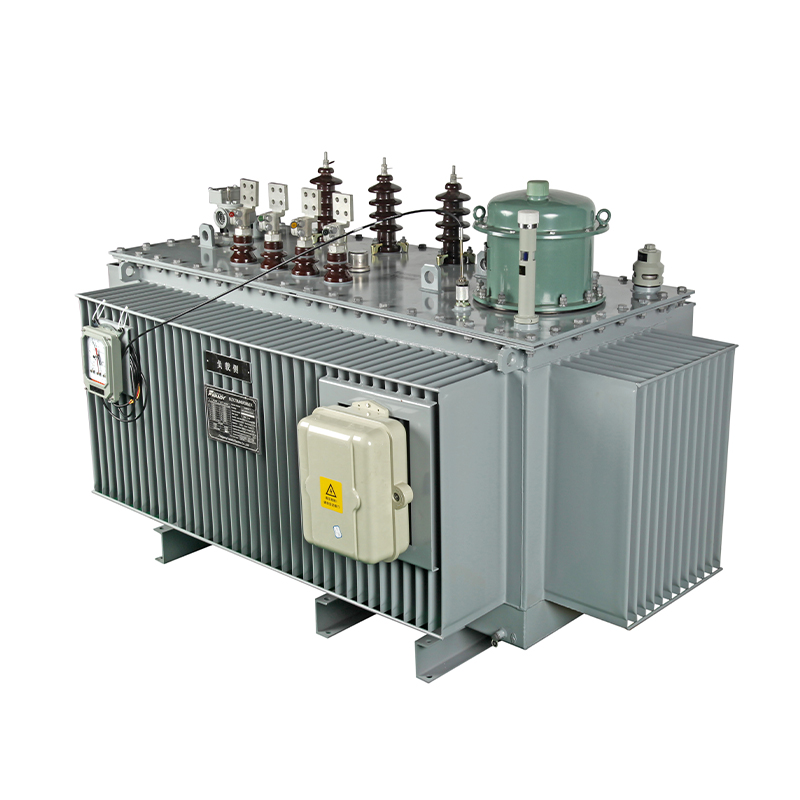Detailed explanation of the working principle of a stepper voltage regulator

The working principle of a stepper voltage regulator can be explained in detail as follows:
1. * * Preliminary Settings * *:
-Firstly, determining the input and output voltage ranges of a stepper voltage regulator is an important step based on practical application requirements and system safety considerations.
-Choosing the appropriate step value determines the level of precision in voltage adjustment.
-Set the starting output voltage and ensure that this value is within the safe operating range.
2. * * Fine tuning stage * *:
-According to actual needs, gradually adjust the output voltage of the transformer through the control panel or operation interface.
-During the adjustment process, operators need to closely monitor the readings of the voltmeter and ammeter to ensure that the output voltage and current remain within a safe range.
-Adjust the step value in a timely manner according to the actual load situation to achieve the optimal voltage output effect. This dynamic adjustment can ensure that the system can maintain stable and efficient operation under different load conditions.
3. * * Testing and Verification * *:
-After the adjustment is completed, it is essential to test and verify the stepper voltage regulator. By connecting the actual load, observe whether the output voltage and current of the transformer are stable.
-During the testing process, carefully check for any abnormal situations. If any problems are found, they should be adjusted and repaired in a timely manner. This step is crucial for ensuring the normal operation and long-term stability of the stepper voltage regulator.
From a technical perspective, stepper voltage regulators typically use an autotransformer structure, which can achieve on load automatic voltage regulation over a wide range (such as ± 20%). In addition, it also has excellent control performance and communication functions, supporting "four remote" functions such as telemetry, remote signaling, remote adjustment, and remote control, which greatly improves the intelligence level and remote management capability of the equipment.
At the same time, the stepper voltage regulator also adopts unique anti-interference measures to ensure that the control unit can work normally in complex electromagnetic environments. Its design also considers the needs of energy conservation and consumption reduction. By optimizing the transformer structure and adopting efficient materials, the equipment's losses and maintenance costs have been reduced.
In general, the working principle of a stepper voltage regulator is to adjust the output voltage through precise step control to meet the power demand under different load conditions. This type of equipment has broad application prospects in the power system and is of great significance for improving power quality, ensuring power supply stability, and achieving energy conservation and emission reduction goals.
Relate Products
Relatenews
- Step Voltage Regulators: Key Specifications to Know 2025-09-05 15:31:00
- The Future of Step Voltage Regulators in Smart Grids 2025-08-25 08:16:00
- Efficiency Metrics for Step Voltage Regulators 2025-07-19 08:45:00
- Step Voltage Regulators: Addressing Voltage Flicker in Welding Operations 2025-07-08 17:49:00
- Application and Challenges of step voltage regulator in Ocean Engineering 2024-12-26 15:41:41
- Seismic performance evaluation and reinforcement suggestions for step voltage regulator 2024-12-26 15:41:39
- Compact Design and Space Optimization Scheme of step voltage regulator 2024-12-26 15:41:38
- Discussion on the Integration of Intelligent Manufacturing and Industrial Internet of Step by step voltage regulator 2024-12-26 15:41:37





